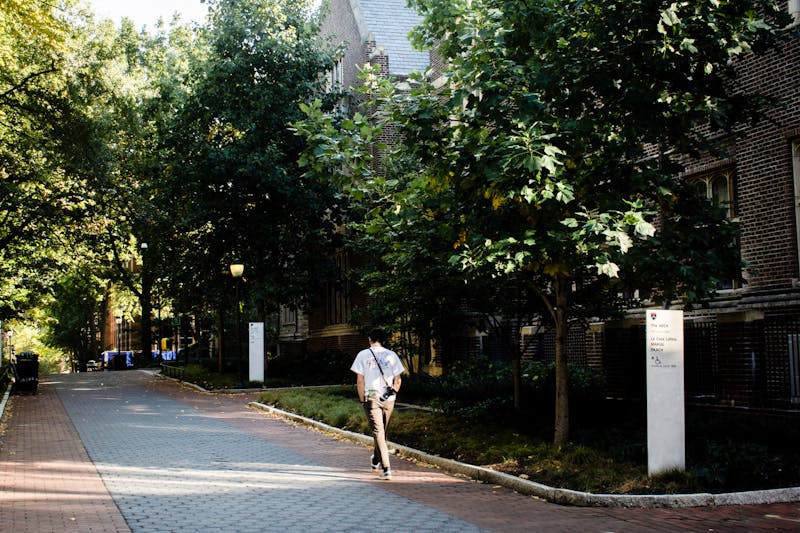
For East Asian Languages and Civilizations professor Nancy Steinhardt, a Yuan Dynasty building is not simply wood and stone.
"It's a living scene that encompasses all aspects of life and class struggle in 13th-Century China," she says.
That passion for Chinese architecture gave the National Endowment for Humanities reason enough to give Steinhardt a $24,000 grant last month, one of only 288 grants awarded across the country.
Steinhardt will use the grant to research and write a book on Chinese buildings during the Yuan Dynasty, which reigned from 1267-1368.
Steinhardt described the grant as "unique" because it is a rare "open grant" - a grant without any restrictions - from the government.
"An NEH grant is one of the most coveted grants for people in humanities," she said.
A total of 1,507 applications were received this year, with only 15 applicants receiving grants in Pennsylvania.
NEH spokesman Noel Milan said that the "intellectual significance, feasibility, and quality" of the project are considered on all levels.
For Steinhardt, the grant means that she will finally be able to finish a project that has been 25 years in the making.
Steinhardt has been extensively involved in field work and has been traveling to China every summer since the early 1980s to research the book.
She is taking the semester off from teaching to work on the project.
And this summer, she will be visiting the southwestern part of the country in an attempt to finish the book, which should be completed in about a year, she said.
Steinhardt has seen over 100 Yuan buildings, but when she visits a region she "looks at buildings from every dynasty."
When finished, the book will explore the effects of the Mongol occupation and their "tent architecture" on Chinese buildings in the Yuan period.
Steinhardt came to study Chinese architecture through synthesizing the passion she had for the Chinese language in high school and her love of art history in college.
When entering the field, she found that the study of Chinese art was "dominated by paintings." She took the bold step of beginning to study Chinese architecture "like Western architecture" - as an art form.
"Buildings are large and visible, and help us understand many of levels of society that paintings and sculptures do not," she said.
The Daily Pennsylvanian is an independent, student-run newspaper. Please consider making a donation to support the coverage that shapes the University. Your generosity ensures a future of strong journalism at Penn.
DonatePlease note All comments are eligible for publication in The Daily Pennsylvanian.








